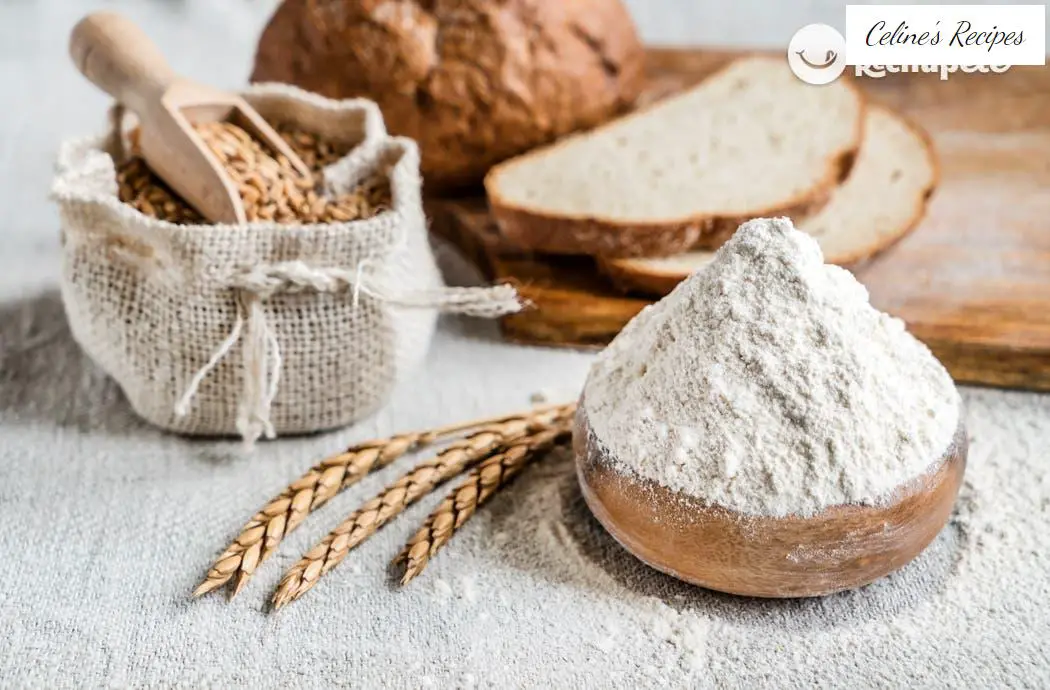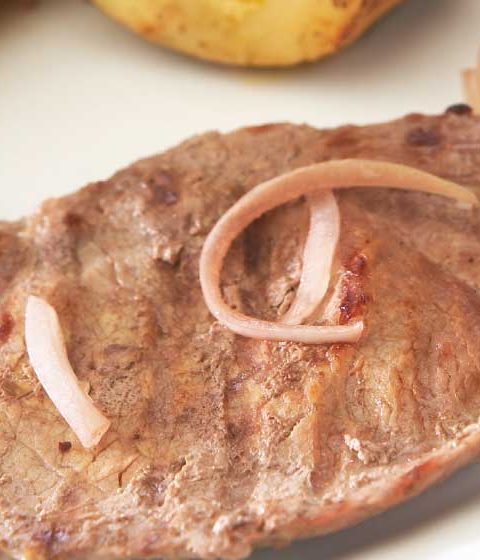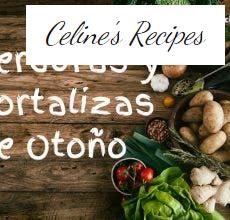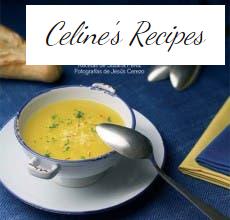What is strength flour? There are many types of flour on the market and surely you have come across them on occasion.
Flours of different types of cereal, such as wheat, corn, rye, oats, etc., or legumes, such as chickpea flour, wholemeal flour, loose flour, medium strength flour, strength flour and many more.
Each of them has a specific use and it is important to use the correct flour to guarantee success in our elaborations.
To make cookies, doughs and biscuits in general we use common wheat flour , which we usually find in supermarkets and food stores, but to make sourdoughs and bread the proper flour is strength. The bread flour is made with durum semolina and therefore has a higher proportion of gluten (starch).
This higher starch content makes the kneading, stretching and refining of doughs made with force flour more expensive and that more force must be applied during kneading to achieve a good result.
What is the difference between strength flour and loose flour?
The bread flour is also called flour or flour bakery bread – making .
Three names for the same type of flour with a protein content, in general, greater than 9% that allows the formation of the necessary structure to support an aerated crumb after baking the bread .
Flours that do not have a sufficient amount of gluten (or this is of low quality) lead to compact rather than spongy breads. This is what happens with rye breads, for example, because rye flour produces little bread-making gluten.
On the other hand, loose flour has a protein content, generally equal to or less than 9%. It is commonly used in baking and cooking. This is flour we use when we bake cakes , muffins , cookies or make pancakes , crêpes , sauces like bechamel , etc.
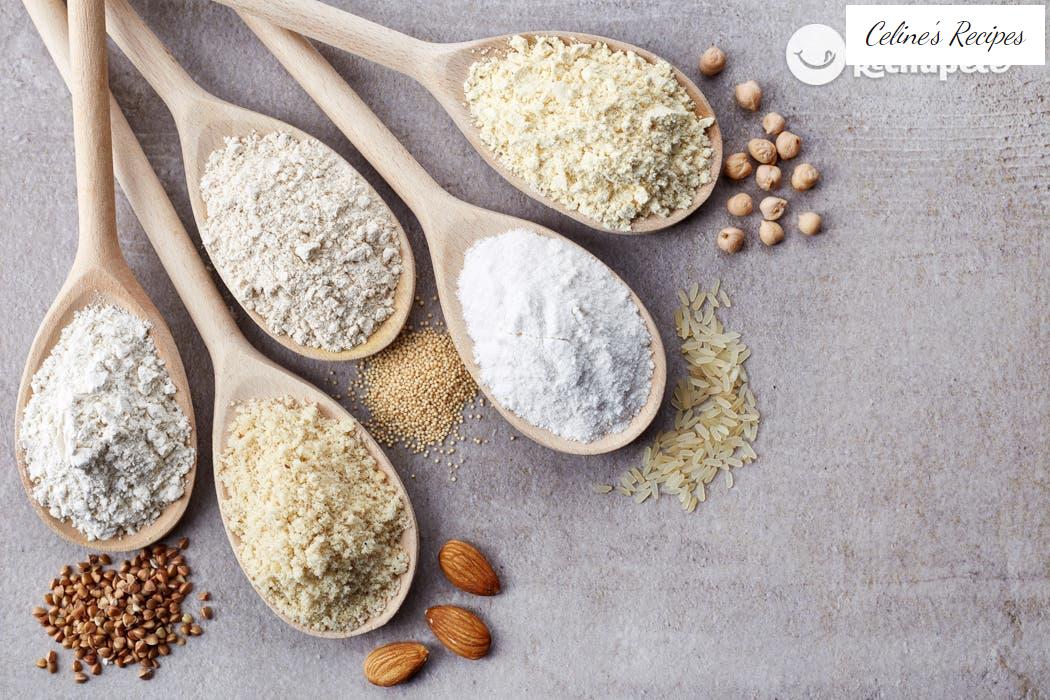
What are the advantages of strength flour?
The main advantage of strength flour is that, thanks to its high gluten content, we get fluffier breads with a more tender crumb, which grow more during fermentation and baking.
This is due to a simple chemical process, responsible for the fermentation of the dough, which is done in the presence of moisture through an anaerobic reaction, where the starch reacts with the yeast and releases the gas inside the dough, responsible to raise the bread.
Strength flour, in addition, has a greater ability to absorb liquids, greater moisture retention and great resistance to kneading.
To make doughs of breads , Italian focaccias , pizza dough , empanadas and other fermented doughs rich in fats such as the roscón de Reyes , panettone , Swiss rolls , brioche , croissants , etc. it is not only necessary to use force flour but also natural baker’s yeast, either fresh or dry.
Can you make bread with loose flour?
The quick answer is yes. If you don’t have strength flour on hand, you can always use plain wheat flour to make bread, but the result will not be the same.
Breads made with loose flour do not rise as they should, they are not fluffy and their crumbs are less tender. You can also enrich a loose flour with pure gluten powder and thereby achieve something equivalent to strength flour.
Where to buy strength flour?
- Nowadays it is easy to find strength flour in large supermarket chains and food stores, but the quality of it is quite improvable.
- To get quality flour, the most recommendable thing is to go to specialized establishments, in many bread ovens they also sell flours, or go to online stores that send the product home.
- The advantage of these specialized (physical or on-line) establishments is that in them we can find a variety of high quality integral and ecological force flours.
- The integral force flours are those that keep their germ and bran and that are made by the stone artisan system. They are flours that give a lot of flavor and with which you get healthier breads.
- Organic strength flours come from wheat free of additives and are recommended for enriched breads or to mix with other flours that have less strength such as spelled, rye or corn.
Did you like it? Share it!
Share Tweet Pin it To print
Receive a weekly email with new recipes and yummy recommendations.
Think of Pixels SL as the owner of Recetasderechupete.com, it will use the data you provide in this form only to send you blog updates. We treat your data with respect. For more information see the Privacy Policy . You can change your mind at any time and unsubscribe by clicking on the footer of any email you receive from this website, or by contacting [email protected]. Yummy recipes use Mailchimp as a platform for sending emails. Mailchimp is covered by the EU-US Privacy Shield agreement, approved by the European Data Protection Committee. By submitting this form, you consent to your data being transferred to MailChimp for processing in accordance with its Privacy Policy .
If you liked this article you will like:

Coffee yes or no. Substitutes

Intermittent fasting, is it as good as they say?

